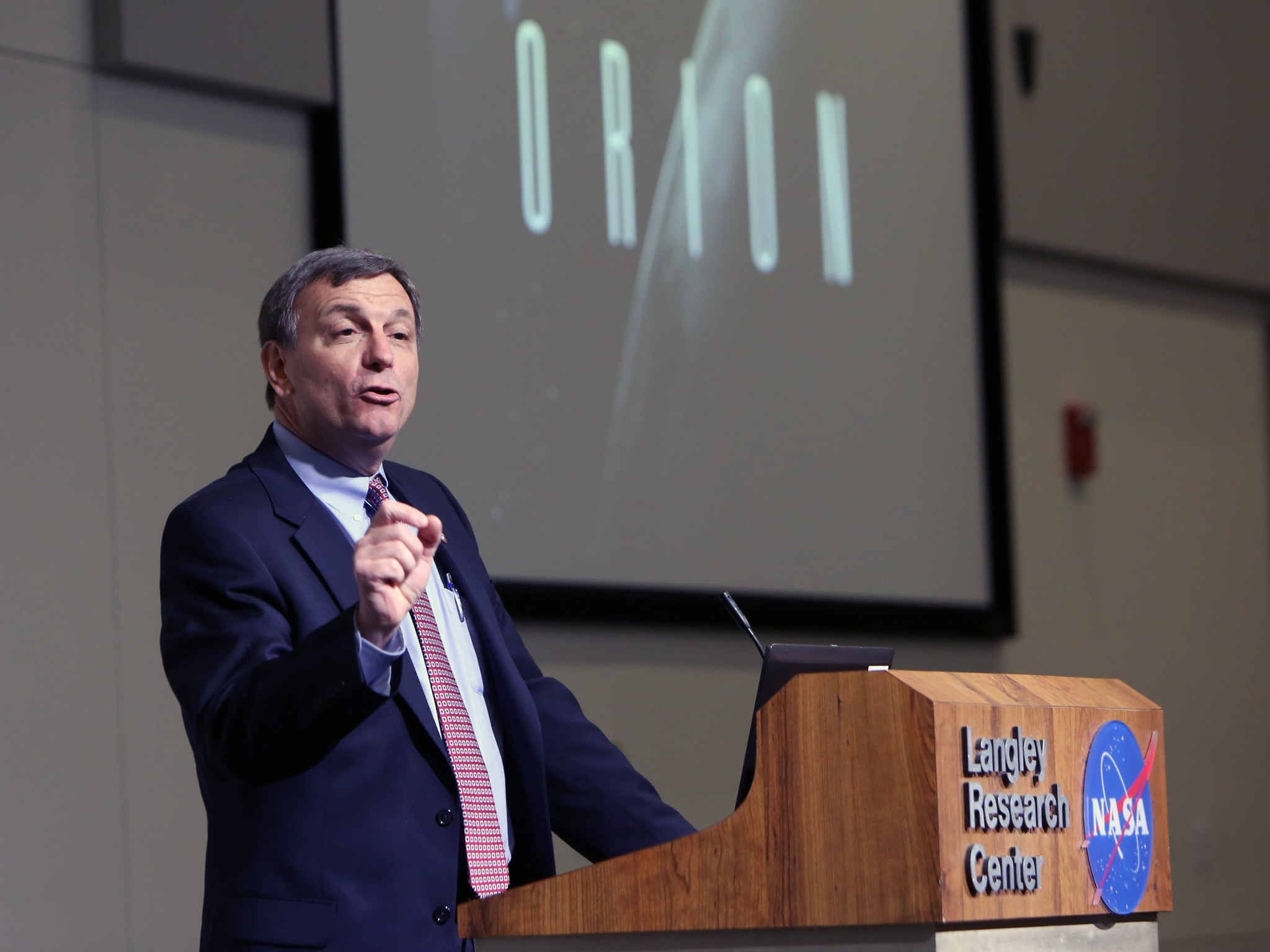According to the CWIS’s report for this week: “There have been 637 new fires in the past week. The difference in the area burned in the past week is difficult to gauge, as the Northwest Territories has recently supplied an updated area burned figure. This update now indicates the national area burned is about 3.5 million hectares, almost twice the normal amount for this time of year, although the number of fires is about 75% of the 10-year average. The activity continues to be mainly in western and northern Canada. The majority of this week’s fires occurred in British Columbia, Alberta, Northwest Territories, and Saskatchewan (41%, 25%, 10% and 9% respectively). Although 94% of the area burned this week apparently was in the Northwest Territories, this fraction should be treated with caution due to the recent update of the Northwest Territories data. Fire danger is generally high to extreme in British Columbia, the northern Great Slave Lake area, and the Peace River/Grande Prairie areas in Alberta.”
This natural-color satellite image was collected by the Moderate Resolution Imaging Spectroradiometer (MODIS) aboard the Aqua satellite. Actively burning areas, detected by MODIS’s thermal bands, are outlined in red. NASA image courtesy Jeff Schmaltz, MODIS Rapid Response Team. Caption: NASA/Goddard, Lynn Jenner with information from the CWIS
On Dec. 5, 2014, NASA’s Orion spacecraft successfully flew approximately 3,600 miles in altitude on an uncrewed flight to test the spacecraft before it begins carrying astronauts to deep space destinations.
After orbiting the planet twice and collecting loads of valuable data along the way, the capsule splashed down in the Pacific Ocean, completing a mission that Orion program manager Mark Geyer referred to as “nearly flawless.”
The flight test marked a big step in NASA’s journey to Mars, and employees from NASA’s Langley Research Center in Hampton, Virginia, were part of the team that made the test flight such a resounding success.
“You enabled it,” said NASA’s Orion deputy program manager Mark Kirasich. “Your contributions were all over this spacecraft.”
Kirasich was at Langley March 19 to thank the center for its contributions to the Orion program and to showcase highlights from the Orion flight test.
Larry Price, Lockheed Martin’s Orion deputy program manager, also attended to thank the team.
During the presentation Kirasich showed several videos from the test flight, including the separation of the fairings and the jettison of Launch Abort System, or LAS. He also showed a striking shot from inside Orion of the plasma trail the capsule created as it plunged back through the Earth’s atmosphere at speeds up to 20,000 mph.
As videos and photos displayed behind him, Kirasich occasionally stopped to note NASA Langley’s contributions to the flight test.
Researchers from Langley contributed to the LAS, structural impact testing, recovery testing, heat shield validation and wind tunnel testing.
Kirasich and Price both expressed excitement over the precedent set by Orion’s first flight test.
“I think the groundwork that we’re setting, which you guys are critical to, will lead to a multi-decade program to have this country lead the world in exploring the solar system,” Price said.
Five people from Langley received Orion Program Manager Commendations during the ceremony. The commendations go to those who have made significant contributions to the Orion program, and were awarded as follows:
- Kevin Rivers — for outstanding leadership to the development of the Exploration Flight Test-1 Multi-Purpose Crew Vehicle Stage Adapter Diaphragm.
- John Davidson — for outstanding performance and dedication to the design and development of the Exploration Flight Test-1 (EFT-1) LAS.
- Wayne Walters — for outstanding performance and dedication to the resolution of the LAS tangential fitting and bumper anomalies.
- Mike Rodrigues — for outstanding performance and dedication to the design and development of the EFT-1 LAS.
- Robert Parker — for outstanding technical leadership to the development of the EFT-1 Multipurpose Crew Vehicle PCV Stage Adapter Design.
Kirasich also presented the center with a U.S. flag and a commemorative coin that both flew aboard Orion’s flight test. Langley’s Acting Deputy Director Clayton Turner accepted the tokens of appreciation.
Hampton Vice Mayor Linda Curtis, Hampton City Councilwoman Teresa Schmidt and U.S. Representative Scott Rigell also passed along their congratulations.
Following the ceremony, John Davidson, flight dynamics lead for the LAS, said he appreciated receiving individual recognition, but deflected much of the credit to his team.
“I’m very happy that they recognized me for the work, but it’s a team effort,” he said. “There are a lot of people on my team that worked to make sure the analysis worked out and that the flight was going to be successful.”
He also deflected credit beyond his Langley team, noting that important contributions came from all over the agency
“It really is an inter-center effort,” he said. “A lot of people from all the centers are working together to make Orion successful.”
To learn more about NASA Langley’s contributions to Orion, visit http://go.nasa.gov/1vKhx1j





























